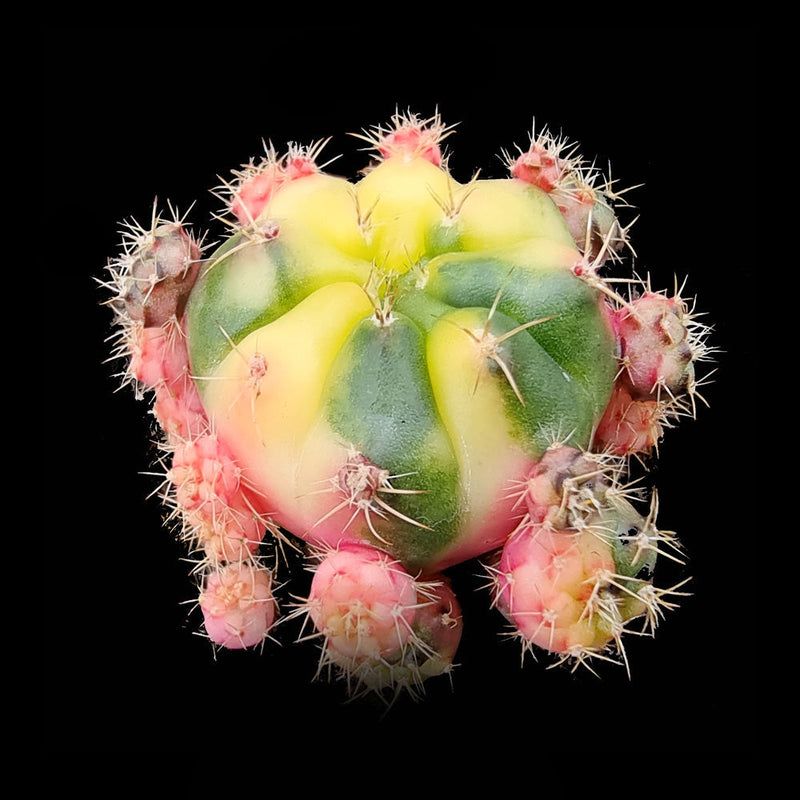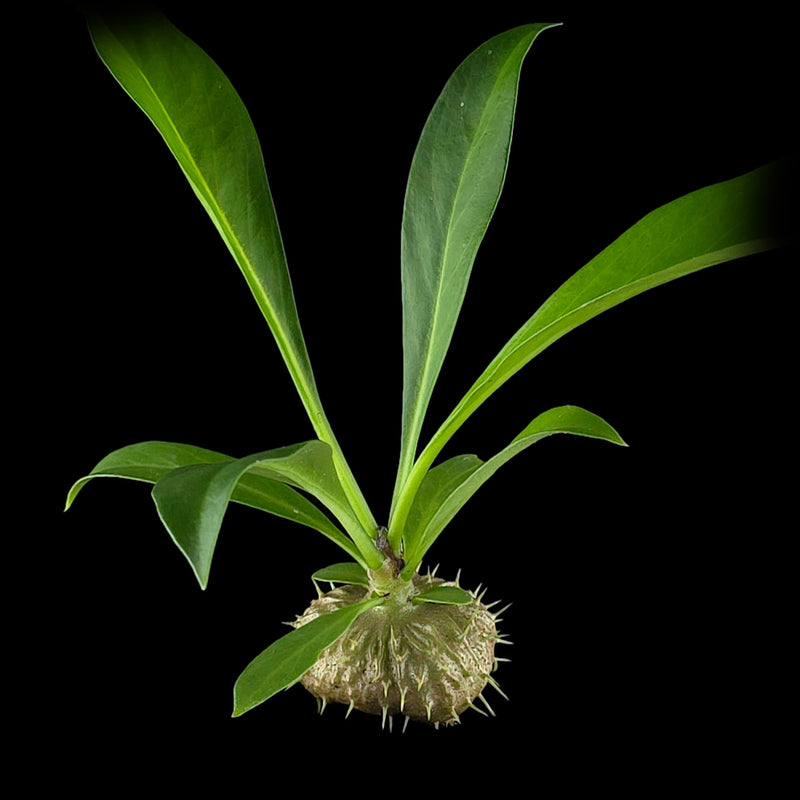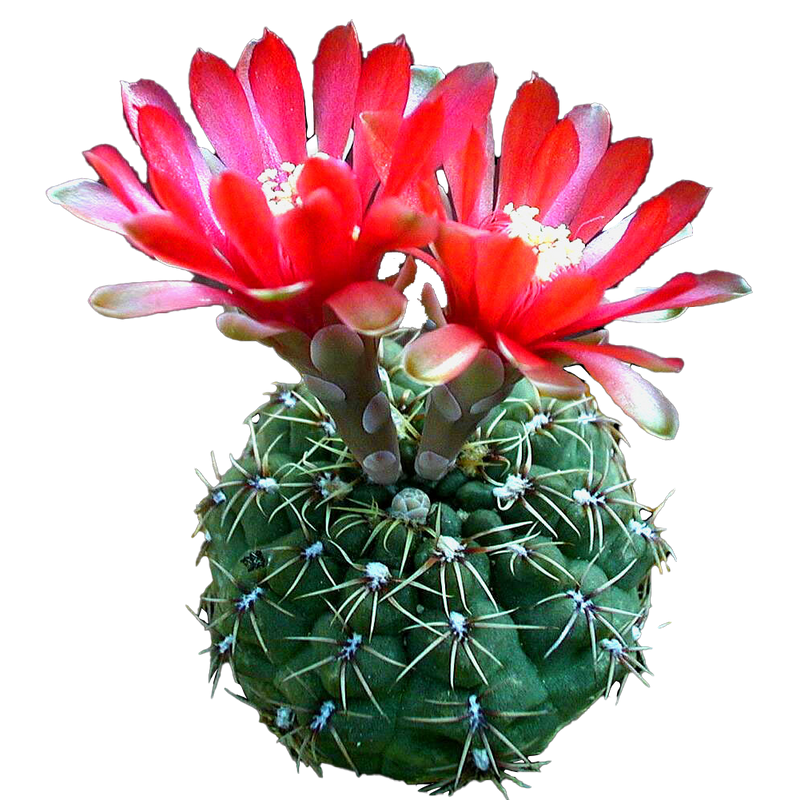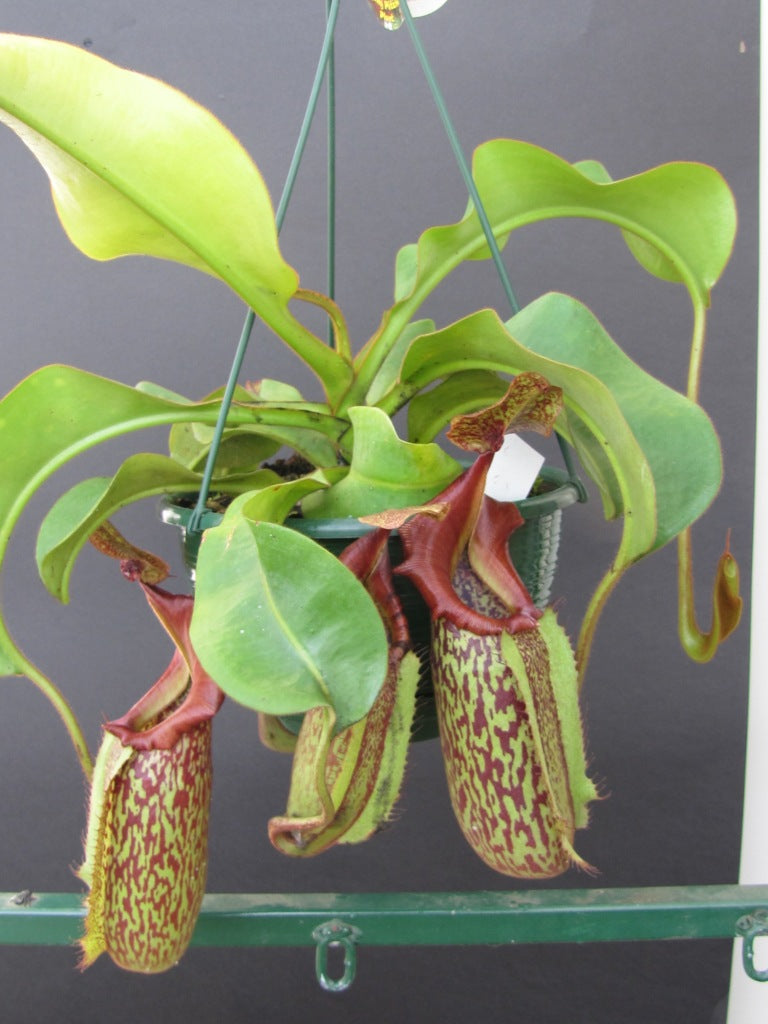A Living Sculpture: Unlocking the Secrets of Pelargonium appendiculatum
Meet the extraordinary Pelargonium appendiculatum, a true collector's delight and a personal favourite! This unique South African geophyte features a fascinating swollen caudex and delicate, feathery foliage. Learn its specific care needs, particularly its crucial winter growth and summer dormancy cycle, to ensure it thrives in your collection.
Amongst the vast and varied world of succulents, some plants truly stand out, not just for their beauty, but for their sheer peculiarity and intriguing life cycles. The Pelargonium appendiculatum is one such marvel. Known for its distinct swollen base and finely dissected, feathery leaves, it’s a living sculpture that offers a unique aesthetic and a rewarding challenge for the dedicated plant enthusiast. Indeed, it’s often hailed as a personal favourite amongst seasoned collectors for its enigmatic charm and the satisfaction of nurturing its seasonal transformations.
---A Star from South Africa: Origins of Peculiar Beauty
Hailing from the arid and semi-arid regions of the Southwestern Cape Province in South Africa, Pelargonium appendiculatum is a geophyte – a plant that stores water and nutrients in an underground tuber or caudex to survive dry periods. Its native habitat is characterised by sandy, well-drained soils and a distinct climate pattern of winter rainfall and dry, hot summers. This unique environment has shaped its growth cycle, making it a fascinating study in adaptation and resilience.
Unlike its more common Pelargonium (geranium) cousins known for their flowers, P. appendiculatum is primarily grown for its extraordinary form and foliage.
---Unveiling Its Peculiar Charms: Caudex, Leaves, and More
What makes Pelargonium appendiculatum so captivating?
- The Caudex: A Hidden Treasure The most striking feature is its tuberous rootstock or caudex, which grows largely underground in nature. With age and cultivation, this can be partially exposed above the soil line, developing into a gnarled, bonsai-like structure that makes each plant truly unique. This swollen base is its vital storage organ.
- Feathery Foliage: From this caudex emerges a rosette of exquisite, finely dissected leaves. Often described as resembling carrot tops or being soft and feathery, these grey-green leaves are covered in short hairs, giving them a velvety texture that’s almost irresistible to touch. They can be irregularly incised, adding to their intricate appeal.
- Subtle Blooms: While the foliage and caudex are the main attraction, P. appendiculatum does produce small, inconspicuous white or pale yellow flowers on tall stalks. These delicate blooms often appear during its active growing season, adding a subtle beauty.
The Rhythmic Dance: Understanding Pelargonium appendiculatum Care
Successfully growing Pelargonium appendiculatum hinges on understanding and respecting its natural growth cycle. It’s a winter grower and summer dormant plant, a crucial distinction from many other houseplants.
☀️ Light: Bright, Indirect to Full Sun
During its active growing season (roughly autumn to late spring in Australia), P. appendiculatum loves bright light. Provide it with a spot that receives plenty of ambient light, ideally with several hours of direct morning sun. In extremely hot Australian summers, if the plant remains partially leafed out, some afternoon shade is beneficial to prevent scorching. Adequate light is essential for compact growth and healthy foliage.
💧 Watering: Mastering the Seasonal Rhythm
This is the most critical aspect of care. Overwatering, especially during dormancy, is the quickest way to kill this plant.
- Active Growth (Australian Autumn to late Spring): Water regularly when the soil has completely dried out. They appreciate thorough watering, but ensure excellent drainage. You might find yourself watering once a week or every ten days, depending on your climate and pot size.
- Dormancy (Australian Summer): As temperatures rise and daylight hours lengthen (typically from November through to March/April in Australia), the plant will start to show signs of dormancy, most notably by losing all its leaves. During this period, significantly reduce watering, or even withhold water altogether. The plant is resting, and excess moisture will lead to root rot. Resume very light watering only when new growth or signs of awakening appear with cooler weather.
🪴 Soil & Drainage: Non-Negotiable Grit
Like all caudex-forming succulents, P. appendiculatum demands an extremely gritty, fast-draining potting mix. A mix composed of 50-80% inorganic material (like pumice, perlite, coarse sand, or scoria) mixed with a small amount of high-quality potting mix or coco coir is ideal. This ensures roots don't sit in stagnant water.
🌡️ Temperature: Mild Warmth, Frost Sensitive
These Pelargoniums prefer mild to warm temperatures during their active growth. They can tolerate temperatures down to about 10°C (50°F) but are sensitive to frost. In areas prone to cold winters, it's essential to grow them in pots so they can be moved indoors or to a sheltered, frost-free location.
💨 Airflow: Crucial for Health
Good air circulation is important, especially when humidity might be higher during their active growing season. Ensure they are not in stagnant environments.
✔️ Fertilizing: Sparingly and Seasonally
Feed very sparingly with a diluted, balanced succulent fertilizer once a month during their active growing season (autumn to spring). Do not fertilize during dormancy.
🏺 Potting for Display: Exposing the Caudex
As the plant matures, many growers choose to unearth part of the caudex, raising it slightly above the soil line. This showcases its unique, gnarled form, turning it into a living bonsai or sculptural piece. Ensure adequate drainage material at the bottom of the pot.
---Why Pelargonium appendiculatum is a Collector's Gem
The satisfaction of growing Pelargonium appendiculatum comes from successfully navigating its unique care requirements and watching its transformation through the seasons. Its distinct caudex, delicate foliage, and the reward of new growth after dormancy make it a truly prized possession. It's a testament to the diverse beauty that succulents offer, appealing to those who appreciate botanical oddities and the art of cultivation.
Ready to add this extraordinary specimen to your collection? Discover the charm of Pelargonium appendiculatum:
Embrace the challenge and the beauty of this unique Pelargonium, and you’ll understand why it's a favourite amongst enthusiasts!



































